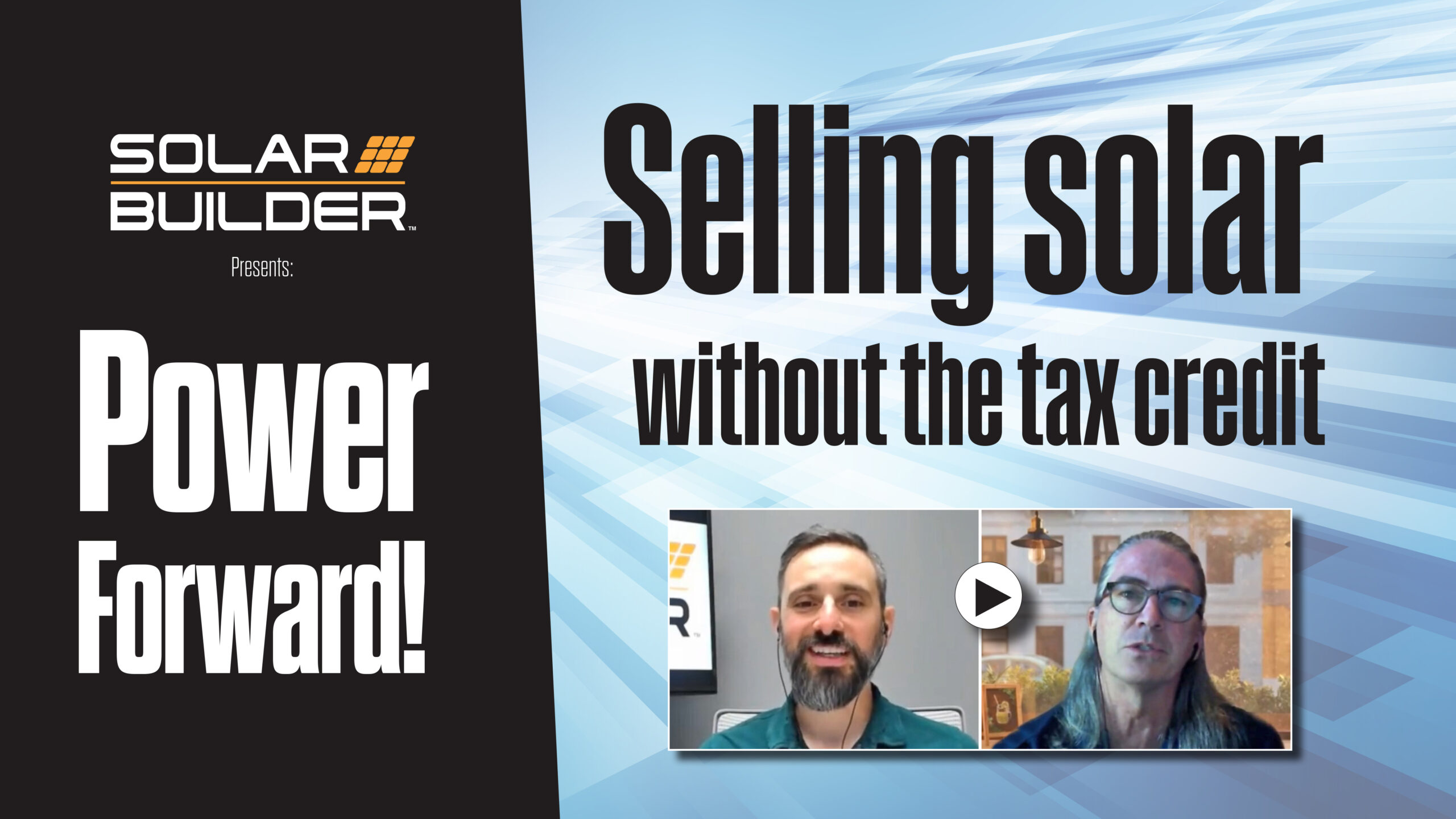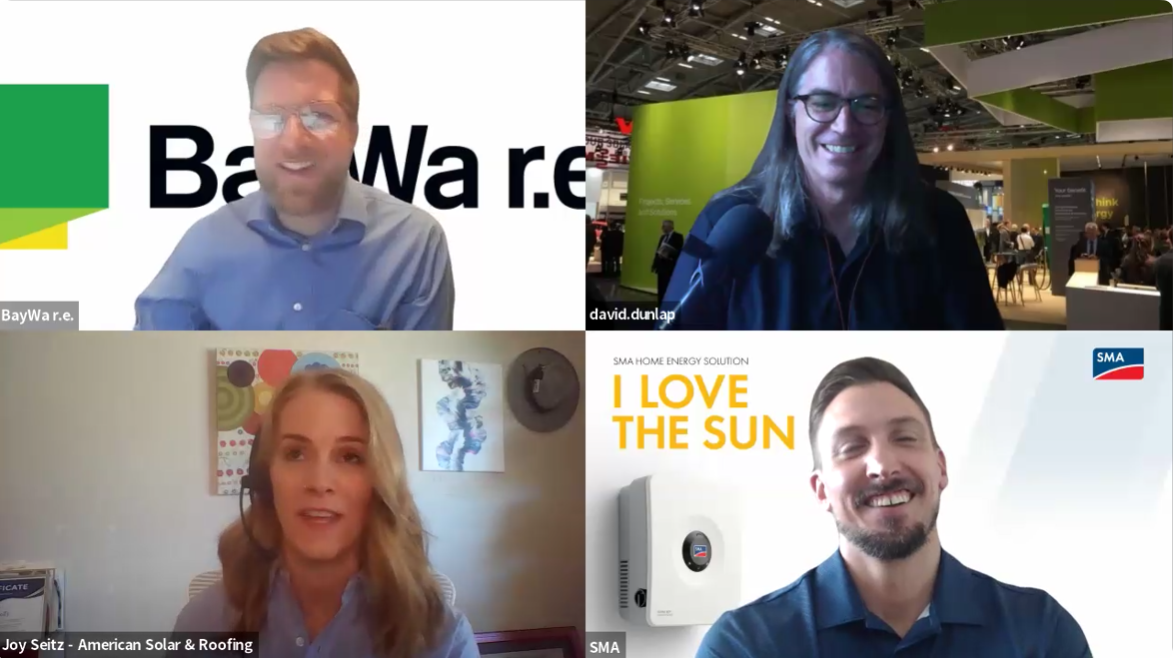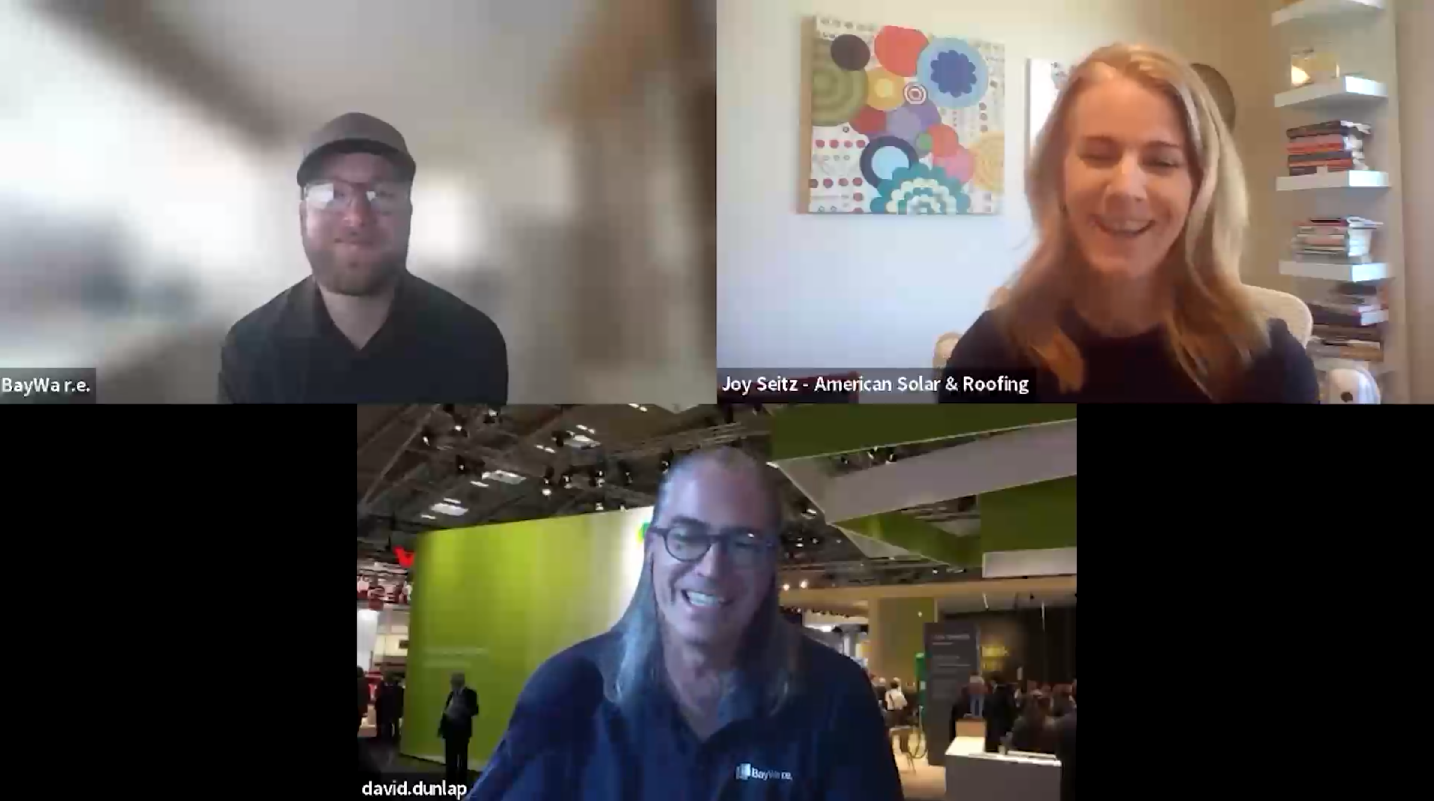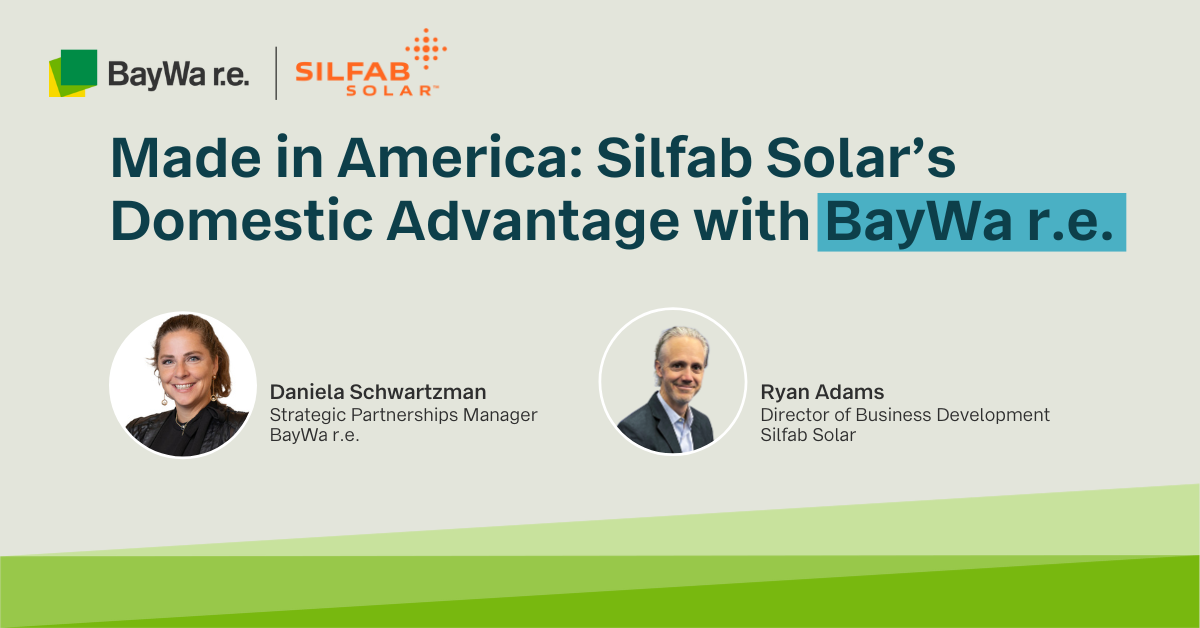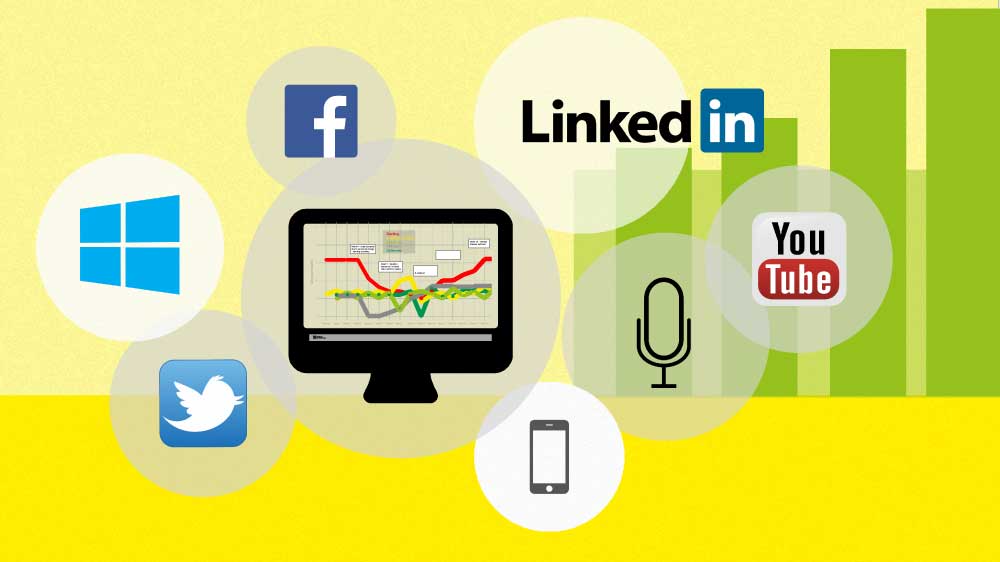 Illustration, Tom Miller
Illustration, Tom Miller
2,650 words – 13:15 min read time
I’m joined for Part 2 by Chris Williams. Chris works with residential solar contractors at Energy Circle to create digital marketing strategies that lower customer acquisition costs. Energy Circle has worked for over 10 years exclusively with local contractors in the better building space—folks making residential buildings more comfort, healthy, energy efficiency and renewables powered.
Energy Circle is launching a performance guarantee marketing program for residential solar contractors in select states in 2018. If you’re interested in learning more, email Chris at chris@energycircle.com
Chris is also hosting a free course on Search Engine Marketing for Residential Solar, available at Heatspring.
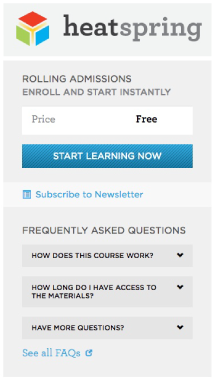
This interview has been heavily edited for clarity and length.
If you missed Part 1 of our chat, you can find it here.
Building an audience
Tom: Let’s talk about building an audience.
Chris: Building audience is not low-hanging fruit. And it’s not one of the things that I would focus on first.
But roughly speaking, the first audience segment is someone coming to your site who’s in your sales funnel, or someone who is researching you. In these cases, you want to look good for them.
The next segment is: People coming to your site who are turning into leads and want to buy soon.
And the third segment is: Someone who is interested in solar, but they might want to buy sometime in the future. And the question there is, are you getting their information so you can keep in touch with them? Typically, this is an email address.
A valuable email list
Tom: Talk a bit more about audience and collecting emails.
Chris: Sure. One way to think about audience is—and this depends on how populated your service area is—but let’s say in a ten-mile area, there are 50,000 people who are owner-occupied homeowners. The question is, If you have 50,000 emails from owner-occupied homes, do you feel more comfortable about the security of your business than if you had just 400 email addresses?
Tom: That’s a good way to put it.
Chris: Yeah. So if you’re building content for a lot of those people who own a house within 10 miles of your business—content that they like—you’re going to feel more secure in the health of your business over the long-term.
And that’s another point about what your website should be doing. Your site converting at 10%, is really good. But don’t forget about the other 90% of people.
While I can’t say that 90% of those people are definitely interested in solar, I would say that there’s 30-50% of that traffic that—while they’re not becoming quotes now—they’re definitely interested in solar, right? They’re on your page for a reason, so how do you get their information so you can keep in touch with them in the future? Because they’re probably going to become solar customers, not in 3 months, but in 3-7 years from now.
Tom: In your experience, are there a top 3-5 things that contractors should be doing on their website so that people continue to consider them over the 3-7 year period?
Chris: That’s a good question. At the top level, I think it depends on the type of market you’re in.
For example, let’s break the market into areas where solar awareness is very high, and areas where solar awareness is very low.
If solar awareness is very high—let’s say you’re in northern California, Long Island, Boston, Utah. In those areas, I think the primary focus of your site should be on building credibility and trust. Because contractors fit into this group where there is fundamentally a mistrust. People’s greatest fear is getting ripped off.
Building trust
Tom: So what are those elements that build that trust?
Chris: Well, they’re the same in all industries. There’s testimonials, showing that you’re active in the community, industry certifications. It could be a blog based on teaching the consumer how to go through the buying process, which is a sales tactic called setting the buying price. A lot of it is figuring out what displays trust in-person and then replicating that online.
Tom: Can you think of an example of that?
Chris: Talk to the salespeople and ask them, “What sort of questions are consumers asking you, where they’re trying to verify whether they can trust you or not? And what responses make them trust you the most?” Then, the question is, how do you demonstrate that online?
For example, let’s say you’ve been in business 5 years and there are certain towns where you have a lot of installation business.
In your sales proposal, if you say, “Hey Mrs. Jones, in the last year we’ve installed 872 solar systems in your neighborhood. Here’s a map of those installations. Here are a few testimonials. Here’s a few references in your area. You can trust us to do good work because we’ve done a lot of good work in this area already.” That moves the conversation in the sales process from, “Trust me,” to, “You can trust me because 800 people already trust me.”
Now how does that work on digital? Say you’re running a pay-per-click campaign to that town. Maybe on your landing page, you replicate what’s in the sales proposal and say, “Chris Williams Solar loves doing solar in Sommerville, Massachusetts.” Then you share the map of the installs that you’ve done in that area in the last five years.
Site architecture
Tom: Have you seen any data on which websites do best? In terms of page numbers, or essential characteristics? For example, maybe the websites that have 15 pages, and a ton of content about the business, don’t do that well. But the websites with three pages and two buttons do better?
Chris: That’s a good question. I would say that as long as the architecture on your site is good, the more pages you have the better—but as long as the majority of those pages are on the blog.
All else being equal, a site with 500 pages, indexed by Google, will do better than the site that only has five pages. The reason for that is that those 500 pages are a larger web to catch traffic searching for specific things.
Now, you don’t want so many pages that the navigation gets confusing and people don’t know where they are and what to do next.
Part of this has to do with what is called contextual calls to action. (And this is not low-hanging fruit. I would call this second-level website optimization.)
If someone searches for, “How many solar panels can I fit on my roof?” and they find a blog post that doesn’t say exactly how many can fit on their roof, but describes the methodology—that blog post should have a call-to-action labeled, “Figure out how many solar panels will fit on your roof.” Then there’s a form with, “Name, address, phone number.” In this case, the call to action is contextual, based on what they’re searching and reading about. This is opposed to just a call to action button that says, “Contact Us”.
Blogging
Tom: On the topic of blog posts, you talked about specific regions or service areas. Is it usually a good idea to write a blog post specifically about the area you work in? This goes along with your keyword geocoding suggestion.
Chris: There’s one content strategy called The Man About Town. This is typically used by realtors. They go around town and interview business owners, talk about parks, talk about things in the town.
Then, when customers are searching for realtors in their area they find those realtors easily because they’ve created so much local content. And people see the content and say, “Wow, this person knows this area really well. They know all the shops and parks, and schools.” It makes them trust the real estate agent’s perspective. It makes them feel like the agent really knows the area.
In terms of blog content, I think that it’s good to focus on content that is geographically keyworded and says, “We are committed to this community, we’ve been in this community, we know this community.” That tends to exhibit trust.
You can also make topic-specific content—like How many solar panels can I fit on my roof?—geographically specific as well. Because the things that we care about in Massachusetts, where we have asphalt shingle roofs, might be different than in Southern California, where there’s a lot of clay. Those distinctions might impact how many modules might fit on your roof.
Metadata & keywords
Tom: Let’s go over metadata and adding the right keywords to your site.
Chris: The metadata is all of your individual URLs—the pages on your website—that a search engine crawls, and that the reader of the website never sees.
It’s best-practice that every single page that exists on your website has keywords that are targeted and geotargeted in some way. I was talking last week with one contractor and his metadata was amazing. But almost across the board metadata is almost never done to those best-practices.
Tom: What are the essential keyword search terms that contractors should start with?
Chris: Well, the first thing is to search your business name or specific terms like “solar installer” and “solar contractor” in the town that you’re located in. With these, you should be coming up very high. If you’re not coming up at all, start by plugging those keywords into your metadata.
The reason to start there is—if you have five sales people, doing ten appointments a day, fifty appointments a week, two-hundred appointments a month—you can bet that those two hundred people are trying to find you online and to research you.
If they can’t find you, it’s not going to make them feel warm and fuzzy and that they can trust you. And that’s going to impact your close rate.
Tom: So what other keywords should they be targeting?
Chris: This is a good question, with big implications for your entire web presence. Knowing what keywords to target and why is really important, for SEO purposes, if you’re writing a blog, and if you’re running AdWords.
Up to the late 2000s, if you had Google Analytics set up, Google would tell you what keywords are influencing organic traffic on your site. However, if you go to Google and click on “Organic,” 95% will say, “Not provided.”
So now, the only way to really know which keywords are working is through AdWords—by paying money to have keyword traffic sent to you. Once you see the traffic coming in, then you can understand which keywords people are clicking on and update the architecture of your site around those keywords.
Tom: What about looking at competitor’s sites? To see which keywords are working for them? Is that a good mythology?
Chris: If you want to figure out which keywords a competitor is targeting, you can download a tool called Screaming Frog. You can see what their title descriptions are, what their meta descriptions are, and you can get a sense what keywords they’re targeting.
While I think that’s a good way of getting inspiration, the only way to really verify that a keyword is working is to run paid traffic to verify that it’s producing 20 leads a month, at $110 per lead, or whatever.
Advanced keywording
If you’re really sophisticated with your CRM, you can note whether those leads came from an AdWords campaign. I’ve never seen anyone do this, but you could see that a) not only am I generating leads with this specific keyword—to the tune of $110 per lead—but those are also converting to leads at the rate of 22% in the course of a three-month period.
If you had a keyword like that, you would want to go back to the architecture of your site and add that to all the meta descriptions. You’d want to add that to blog content. You’d want to generate as much paid and organic traffic from that keyword.
That said, even if you find a really profitable keyword, there tends to be a limit because that keyword is not searched for an infinite number of times in your service area, every three months. It might be searched for 300 times, and you might garner 30% of those clicks—30 clicks per month. Then the question becomes, How do you go past that?
The answer is, you have to find more keywords. So you keep playing this game over and over again between your site content, AdWords, and blog content, to create more leads, at a price that meets your marketing goals.
Even Google AdWords gets to the point where you can pay more money, and get more leads, but each lead costs you more. It stops becoming cost-effective.
Whereas getting organic traffic is more of a flywheel—where you invest some at the start, and you’re continually investing, and then continually tracking organic traffic over time. But it can take 6-12 months before that starts to become a meaningful number of leads.
Email marketing and your community
Tom: Let’s jump back to emails and maintaining a connection with that list.
Chris: So we’re in the fall now, heading into winter.
How many contractors are emailing out the previous twelve month’s proposals that haven’t turned into sales? Those people are the closest people to giving you money that didn’t. So you should be reaching out to those people!
Tom: You talked before about nurturing leads over a long period of time, 3-7 years. In this case, your email list is a huge asset. If you’re reaching out to that list of customers who haven’t purchased from you saying, “Hey, how’s it going? Here are some great installs that we did.” Or, “Here are the latest incentive programs that you can take advantage of.” In that way, you can keep your business in front of them because it often takes a long time for someone to decide to buy.
Chris: Probably the most important aspect of email marketing that people forget is: Do something that helps those people. Don’t ask for a sale.
It seems crazy, but ask yourself: If someone’s been on your email list for three years, and they live in your area, what can you do that helps them?
If you look at a lot of content marketing it’s just, “Buy from me. Buy from me.” It’s not helping or entertaining the consumer in any way. So thinking about what is going to help or entertain them is important. And a lot of it is also just being active in your community.
Tom: Like hosting events? Maybe a BBQ with a happy former customer in their neighborhood, with some lawn signs?
“Probably the most important aspect of email marketing that people forget is: Do something that helps people. Don’t ask for a sale. ”
Chris: You know what would be great, is to have a physical space and then open it up to the community for people to use it. What better way to show that you’re invested in your community and that you do good work than to have a physical space with your branding on it? People can play music, or teach yoga, or rent the space from you.
Tom: Citibank has set up a bike sharing program, Ford as well in the Bay Area. All the bikes are branded with their logo.
Chris: Establishing relationships with other professionals in your area is another good idea. Building a network of plumbers, realtors, architects in your area that know you, like you, and trust you. You might teach them to talk about solar so they can provide a basic amount of information to people that they’re working with.
A real estate agent likes to look knowledgable to their clients. They’re getting a lot of questions about solar from their clients. If they said, “Oh, I went to a training from Chris Williams Solar and I can answer that. And you should check them out,” that would be great.
Tom: Building relationships across industries?
Chris: Right. But in a way that helps them more than you. In solar, it’s not about a single silver bullet. It’s about doing all the small things correctly and in the right sequence.
If you had 200 realtors, architects, electricians, plumbers, who knew your business, liked you, trusted you—and you had taught them a thing or two about solar—my guess is that they would send you one or two leads a year, and those leads would close at a high percentage. But it takes a while to build up 200 relationships. Those things take time. It’s the opposite of buying leads. It’s a long-term strategy.
